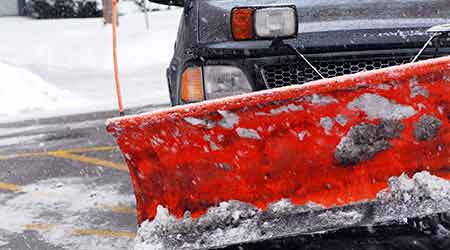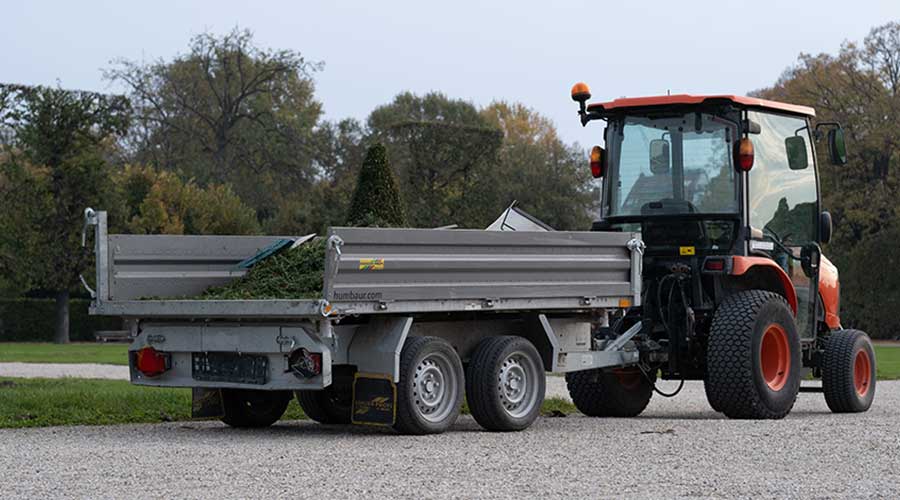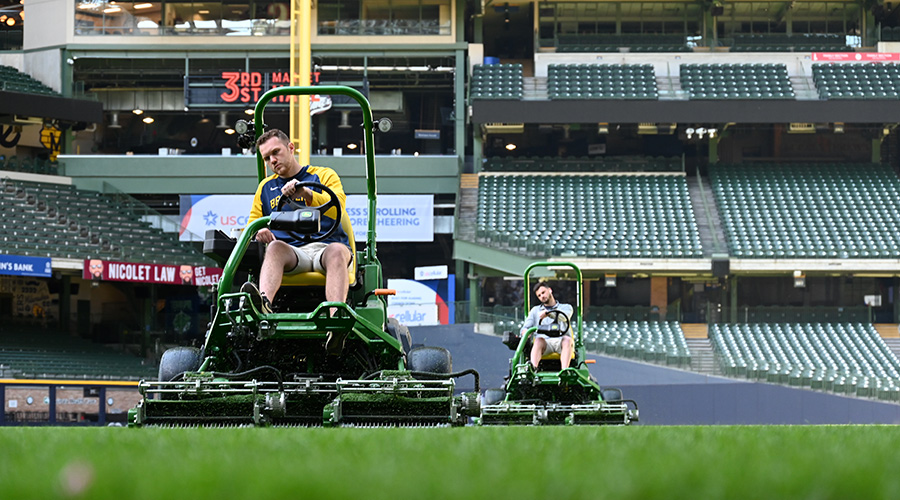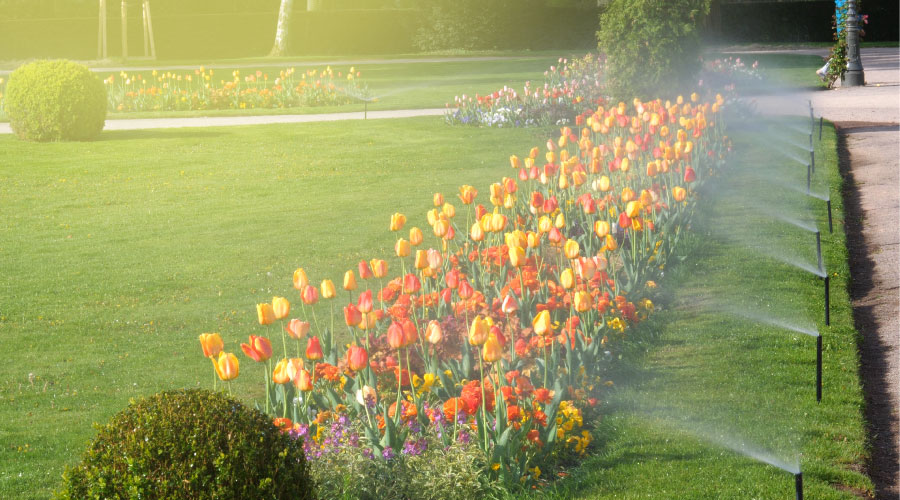Snow & Ice: Equipment Issues
Managers can increase department productivity and control costs by managing snow and ice materials and equipment in the summer months.
Materials and equipment
The greatest opportunity for managers to increase department productivity and control costs relates to the fleet of equipment and the materials that crews use for removing snow and ice.
The first step for managers is to inventory the department’s equipment by type and by function. Snow and ice management equipment manufacturers are bringing products to market that are designed to maximize efficiency and streamline operations. By conducting an equipment audit, managers can determine whether the existing fleet matches the capacity needed to conduct essential snow operations.
Once the equipment fleet is documented, the next step is to consider whether equipment innovations are available that can reduce staffing needs and improve service. Managers can do this by using the Goldilocks principle: Is a piece of equipment too small, too big or just right? Equipment that is too small for a larger space is just as inefficient as a piece that is too large for a small space.
By improving equipment selection, managers might be able to reduce the cycle time to complete daily tasks. They can find improvements by reducing the number of people needed to shovel sidewalks by adding a utility vehicle equipped with a plow or broom, or by switching from plow trucks to a containment plow — a pusher — that will allow operators to clear wide open lots quickly.
The second component of equipment management is maintenance. Winter snow work is tough on equipment, and all equipment has a life expectancy. Pumps wear out, metal fatigues, and repairs become more frequent. Downtime in a snow event can be more costly than the line item cost to fix the equipment.
Preventive maintenance is essential to maximize the equipment investment. Part of that maintenance program should include preseason and postseason inspections. One of the biggest mistakes grounds managers make is waiting until just before the first snowfall to check that equipment is in working order. Crews and mechanics should clean, repair and service snow-specific equipment before storage at the end of the season. This step will help reduce preparation time in the fall and can save money and reduce the total cost of ownership.
In addition to performing regular maintenance, operators need to be vigilant about the parts that take a lot of abuse. On plows, they should keep an eye on cutting edges and A-frames. If a spreader is several years old, carefully check the motors and bearings to make sure they function correctly.
Deicing materials can harm wire harnesses and connectors. Mechanical connection points — hinge pins and clevis pins, for example — are inexpensive to replace, and they are designed to wear out before the brackets to which they are attached. Once a pin starts to wear, it leads to other problems, so replace any worn or damaged pins early.
Managers also need to create a schedule to replace aging equipment. Tracking maintenance and repair expenses helps managers identify the point where it costs more to repair a piece of equipment than to replace it.
Eyes on the environment
Managers with all types of facilities have been paying more attention to the central role of sustainability in grounds care, including the use of chlorides in ice management. Managers can conduct a gap analysis to determine the effectiveness of practices in these areas:
• Measure parking lots to help predetermine the minimum and maximum application rates that will still allow equipment operators to service a site safely.
• Calibrate salt-application equipment to confirm minimum and maximum salt flow rates. Calibration should be performed before winter and during the season at a minimum. Operators can re-calibrate any time a repair or other change is made to salt application equipment.
• Prevent the bonding of snow and ice by incorporating plow technology that delivers a cleaner scrape and anti-icing applications as a standard of practice when conditions allow. These tactics allow operators to reduce the amount of dry salt applied and prevent so-called bounce and scatter waste.
• Optimize the amount of dry salt output by using salt brine to pre-wet the dry salt at the spreader spinner or by pretreating bulk salt supplies to enhance the effectiveness of the salt applied.
Once managers have established performance benchmarks, the next step is to analyze the results and make further adjustments. Measuring and managing the use of ice control chemicals has multiple benefits.
Measuring will allow managers to offer feedback to drivers about proper application rates and methods that reduce waste and guesswork and improve efficiency. It also enables managers to reduce waste and overall material consumption, which reduces inventory and related costs.
Understanding chemical application rates and product effectiveness also helps managers determine the amount of product needed for the season, order the needed amount in the preseason, and manage in-season inventory levels. Tracking time and materials provides useful information in the event of a slip-and-fall claim.
Finally, managers will be able to compare variables, measure outcomes, and test products and equipment, all of which can lead to operational tweaks in search of the sweet spot. This results in the definition of the organization’s best practices.
Successfully accomplishing efficient and effective snow and ice management requires a year-round, systematic approach. Creating a thoughtful management plan will help ensure managers have the staff and equipment to put it into action. The results will minimize headaches for managers and provide safer sites for work crews, building occupants and visitors.
Phill Sexton, CSP, is director of outreach and chief knowledge officer for the Snow & Ice Management Association (SIMA) — www.sima.org — a non-profit trade association focused on training, events, and best practices related to snow plowing, ice management, and business management.
Related Topics:














